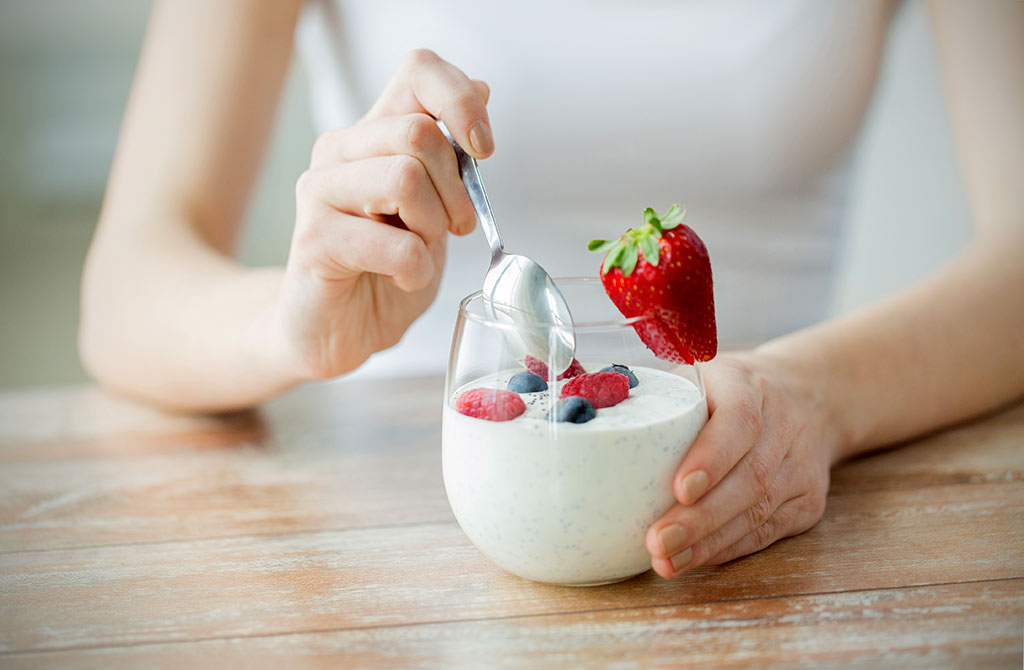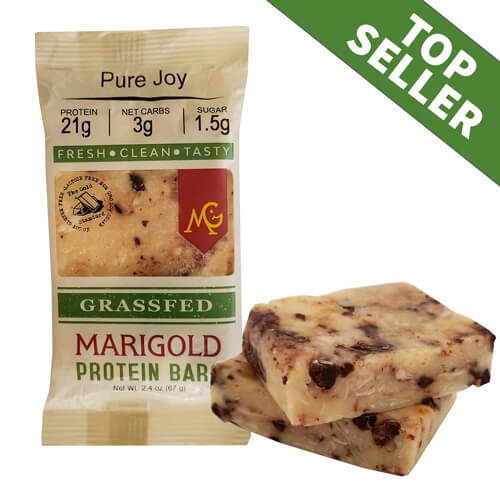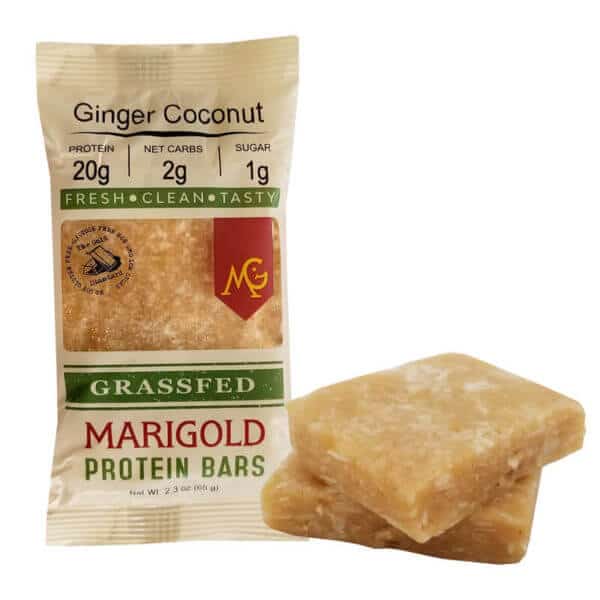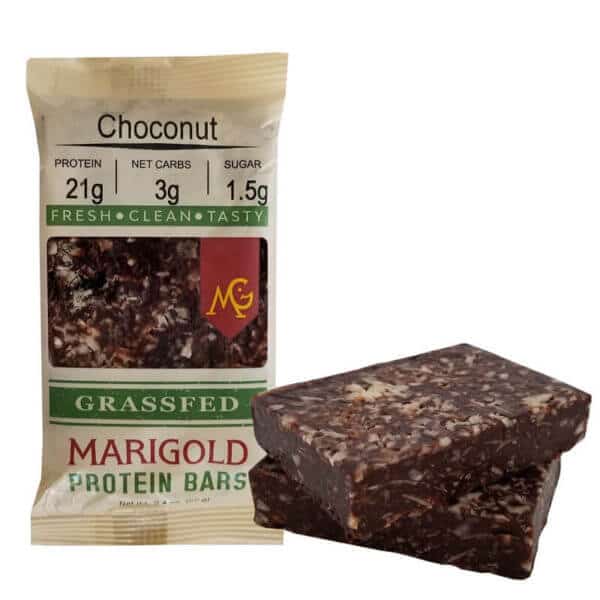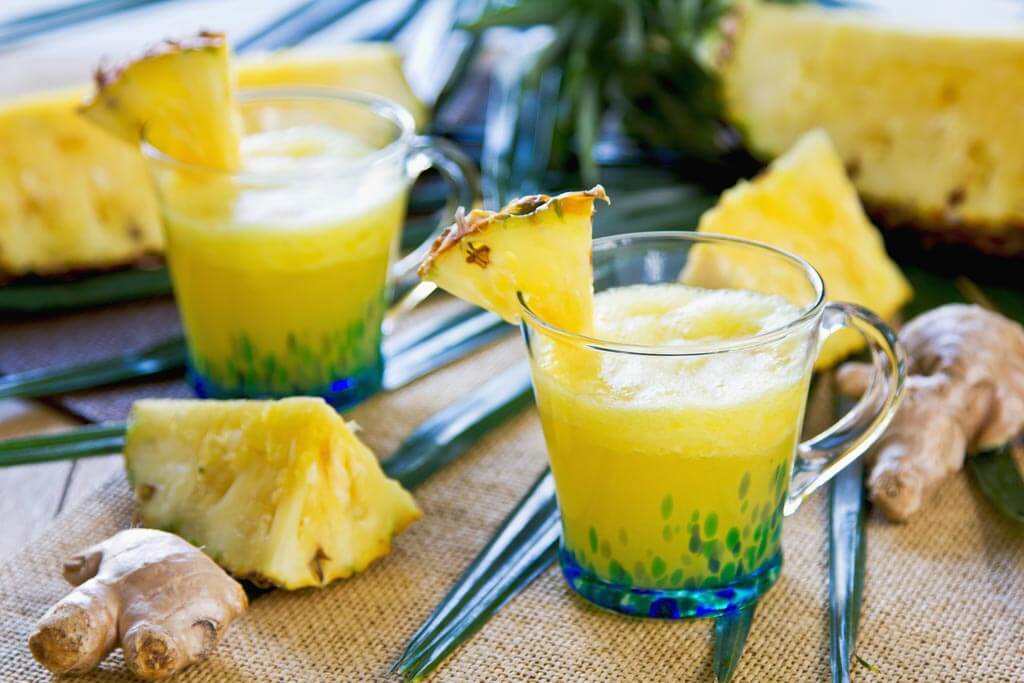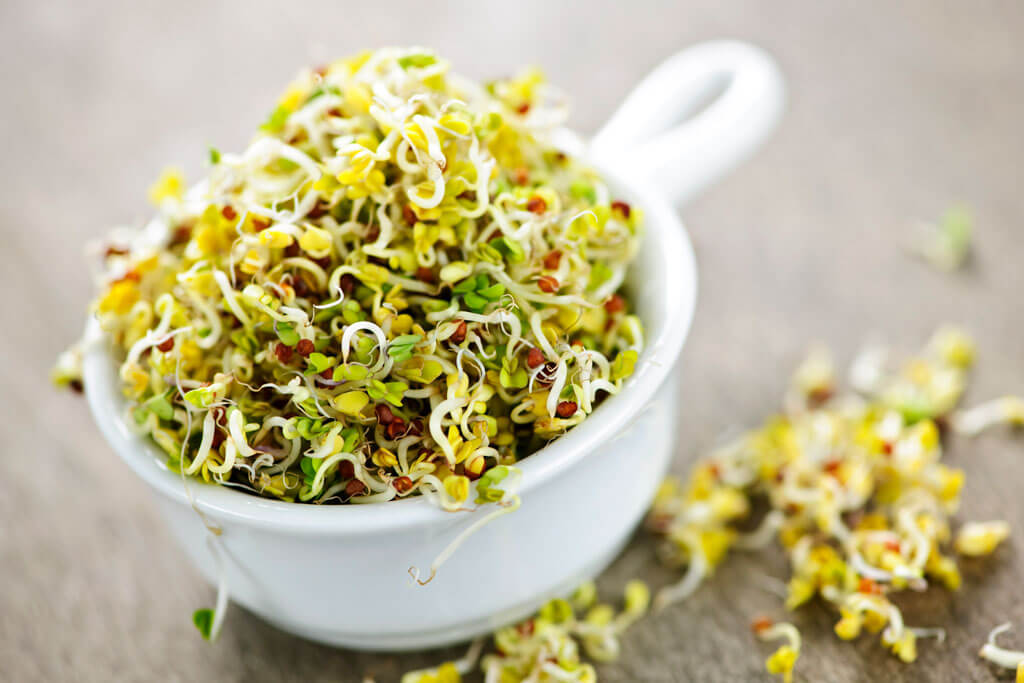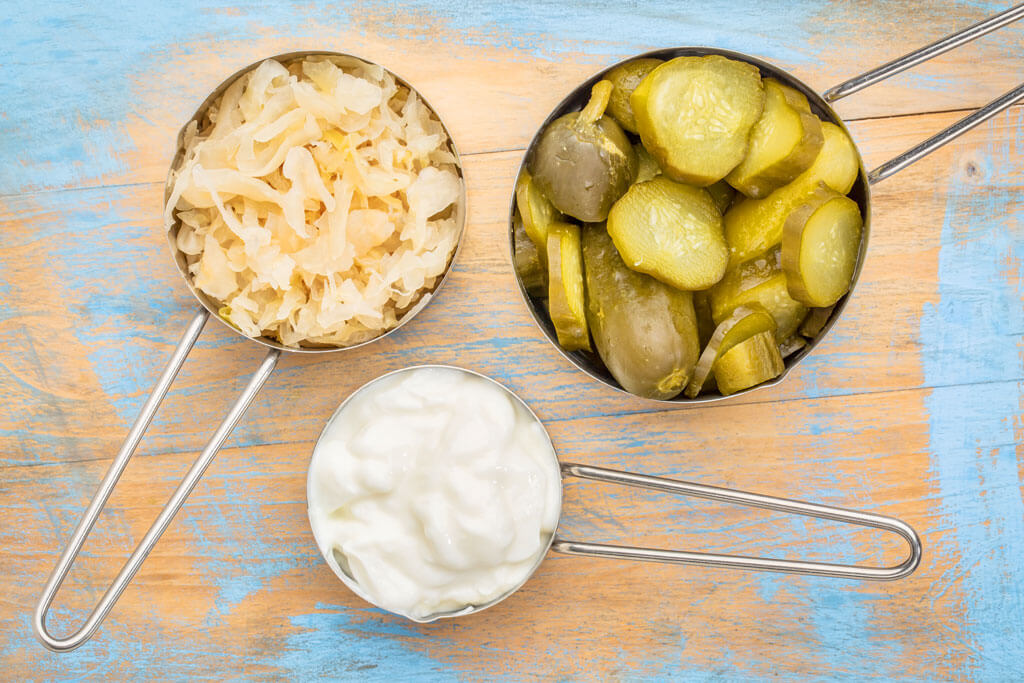Probiotics vs Prebiotics – what’s the difference? What are they? Can probiotics and prebiotics keep gut health in tip-top shape?
When it comes to gut health, it’s important to keep our gut bacteria in balance. Often due to a lack of good bacteria or an overgrowth of bad bacteria, you might start to notice uncomfortable and unwanted side effects. That’s where probiotics and prebiotics come in.
Probiotics
Deep inside your belly there are bugs. Millions and billions and trillions of bugs. But this is not a setup for a horror movie: These probiotics are the good bugs that keep your digestive system healthy by controlling the growth of harmful bacteria and enhancing the absorption of nutrients in your gut.
Probiotics are living organisms that hitchhike to your GI tract in the foods you eat, such as yogurt, miso soup and sourdough bread, and they work to improve immune system function, lower blood pressure and cholesterol, and keep you regular.
Prebiotics
Just like you need food to live, so do your little gut bugs. This is where prebiotics come in. A prebiotic is a non-digestible plant fiber that nourishes the existing bacteria in your gut, helping them grow and improving the good-to-bad bacterial ratio. Prebiotics are found naturally in foods such as onions, beans, asparagus, oat- meal, artichokes and edible fruit skins, and they are not affected by heat, cold, acid or time.
So…Probiotics vs Prebiotics…
the Winner? Both
Eating certain foods in combination makes for the ideal gut-vironment. For example, having a yogurt with an apple delivers prebiotics and probiotics into your system, while a chicken sandwich on sourdough bread with a spinach salad will make your belly bugs jump for joy.
This is because leafy green vegetables contain sulfoquinose (SQ), a sugar that is essential for nourishing your good bacteria, allowing them to proliferate and in turn limiting the ability of bad bacteria to colonize, according to a study published in Nature Chemical Biology. Interestingly, SQ is the only sugar molecule that contains sulfur, and when SQ is digested by the bacteria, the sulfur gets released back into the environment. Explains a lot about broccoli!
Fun Facts
College students suffering from colds who took a probiotic of Lactobacillus recovered two days earlier and had symptoms that were 34 percent less severe than those who did not take the probiotics.
A new study of 1,900 adults published in the International Journal of Food Sciences and Nutrition found that taking probiotics resulted in a greater reduction in overall body mass index, with the greatest weight loss occurring in people taking more than one type of probiotic.
Written by Lara McGlashan for Oxygen Magazine and legally licensed through the Matcha publisher network. Please direct all licensing questions to legal@getmatcha.com.
Prebiotics in MariGold Bars...
Many MariGold products contain prebiotics in the form of Chicory Root Fiber. The chicory root fiber we use is from non-GMO chicory grown and processed in The Netherlands.
In fact, our #1 selling bar, Pure Joy, is rich in this prebiotic food along with many of our other flavors. Be sure to check out our Nutritional Information to see what’s in every bar!


